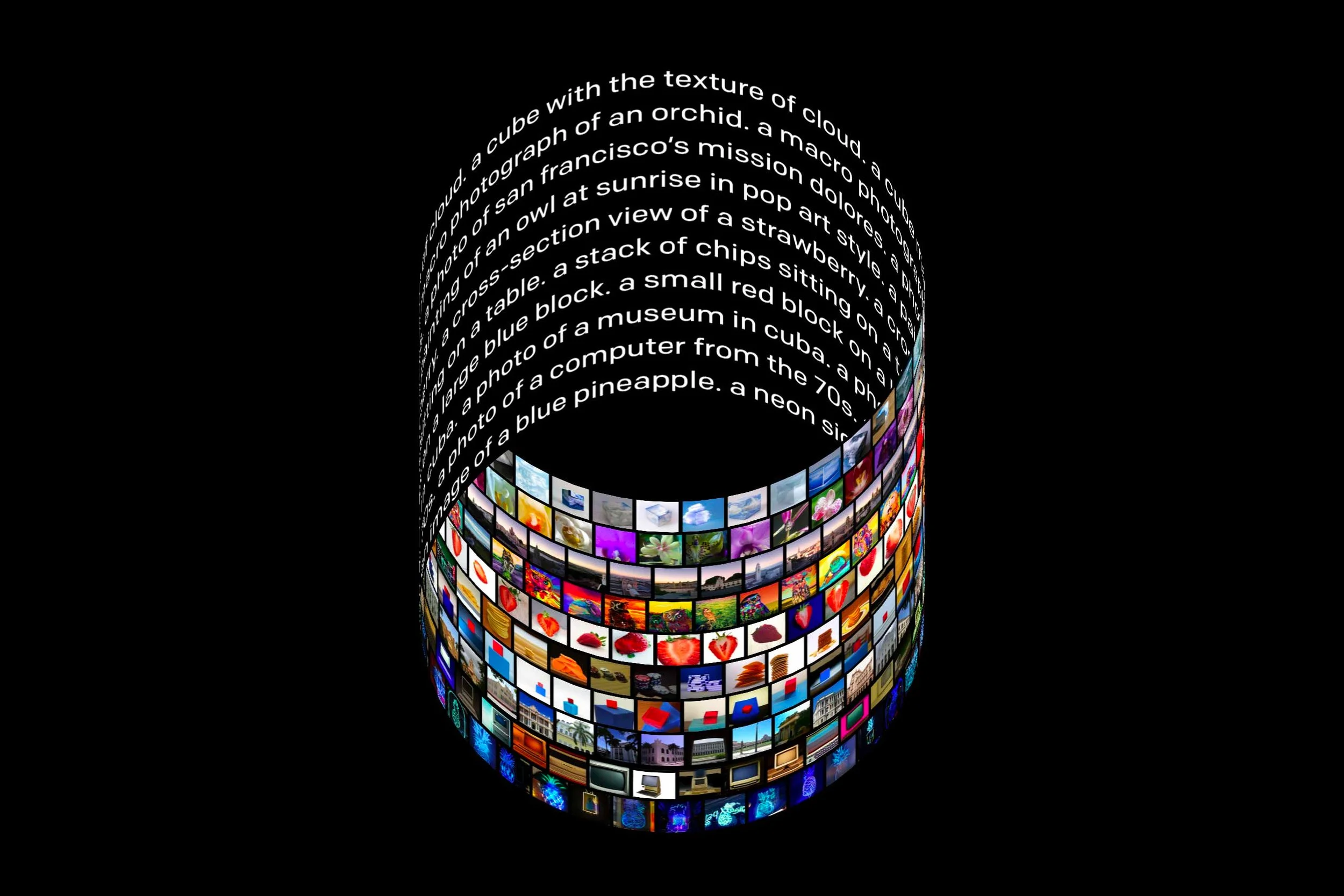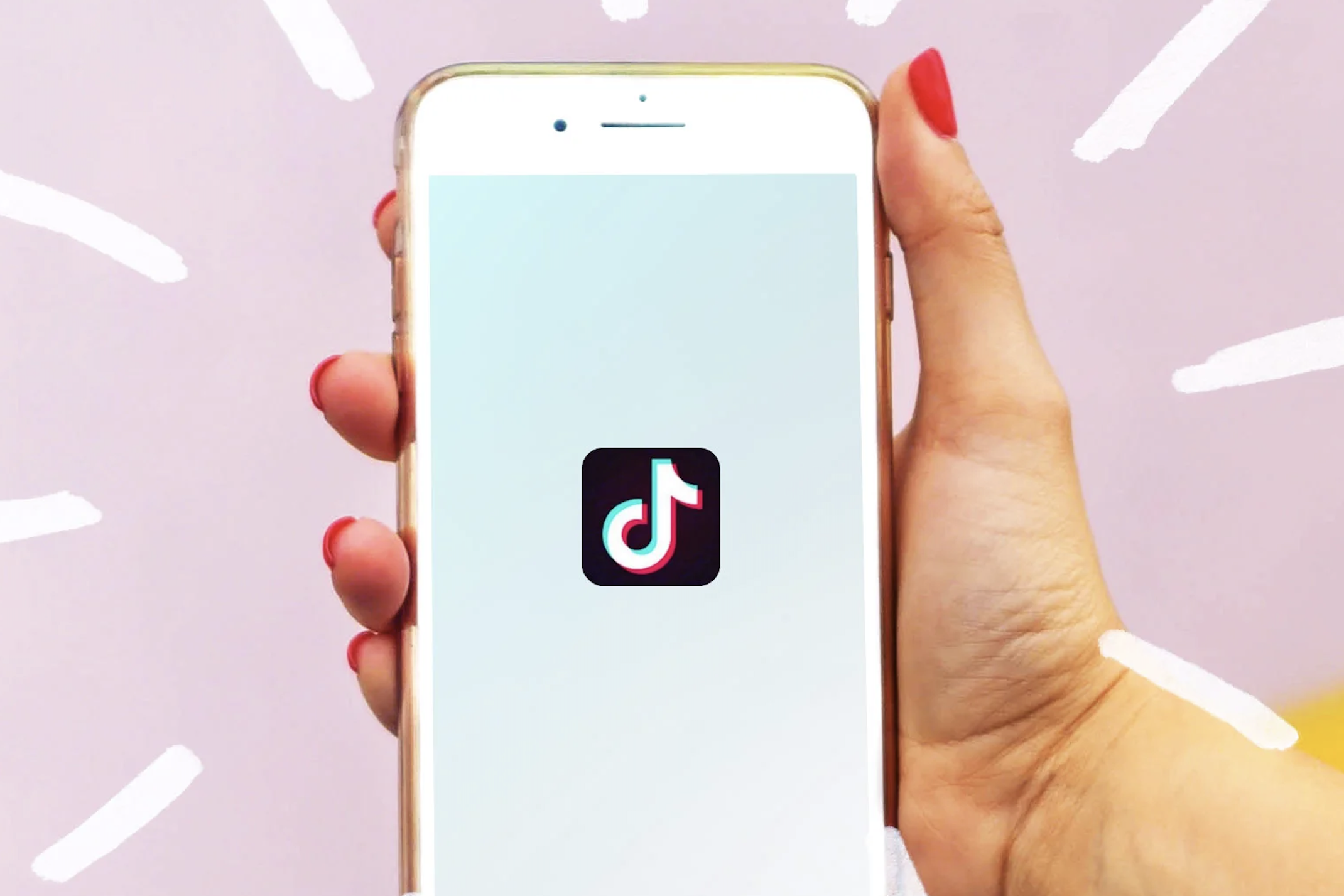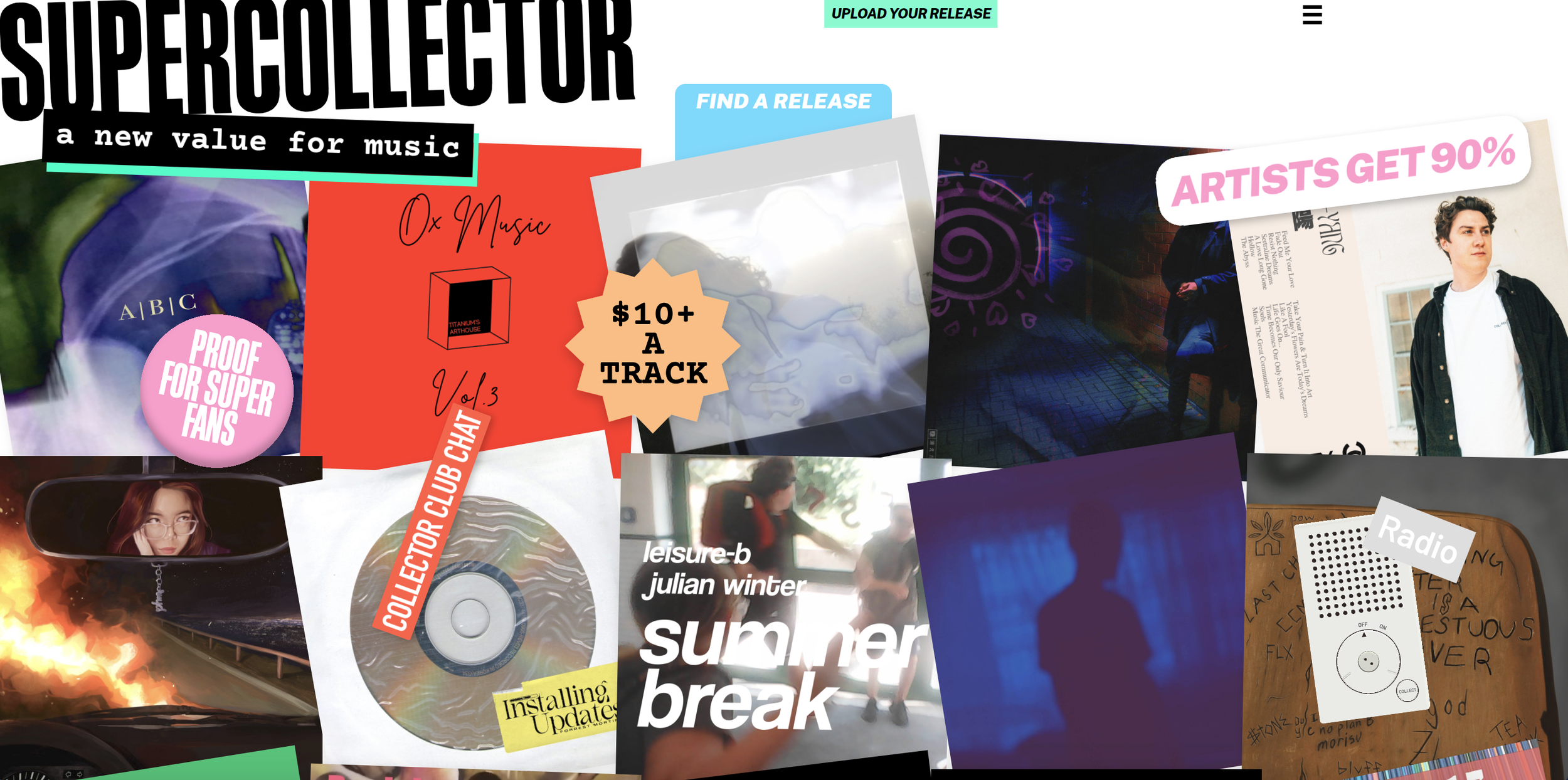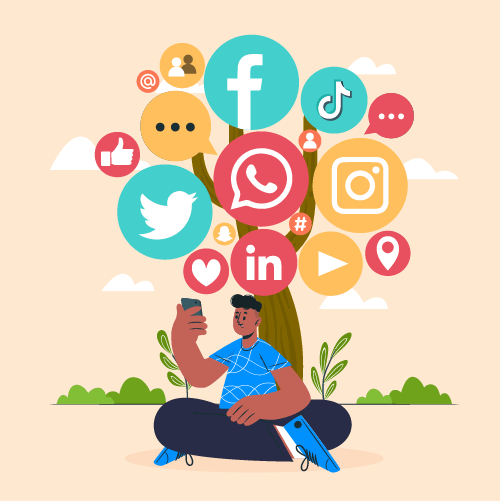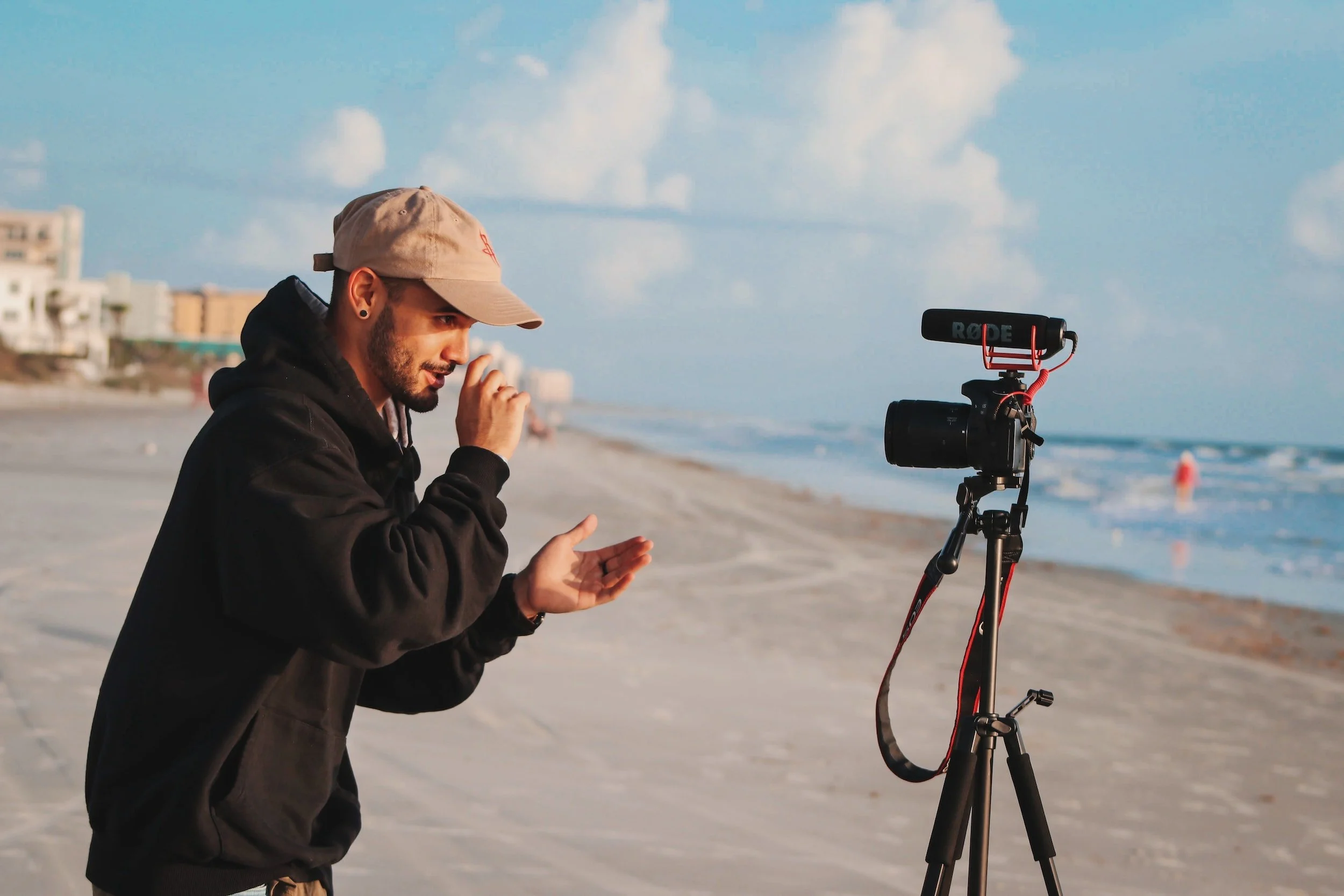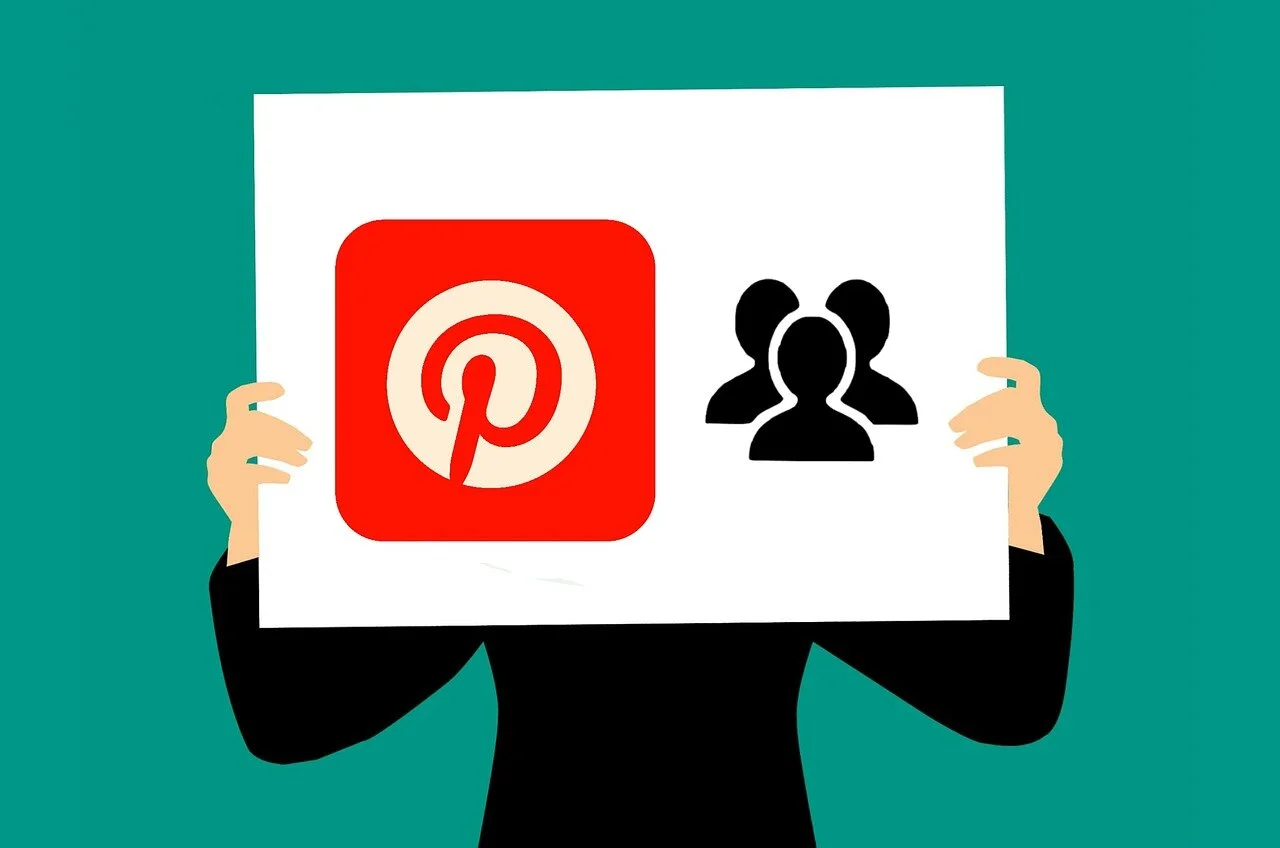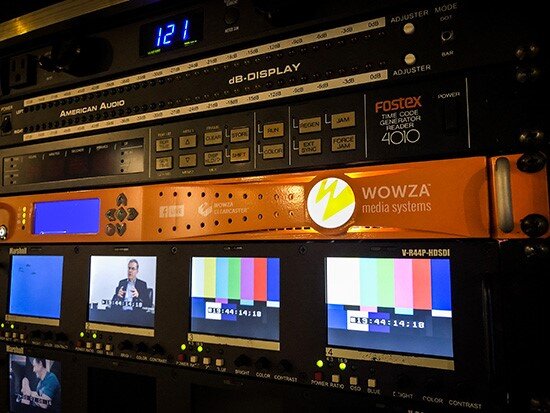The use of generative AI (GenAI) tools is becoming increasingly prevalent in marketing, particularly for smaller organizations or nonprofits seeking innovative ways to engage audiences and improve workflow efficiency. This article dives into data collected through a survey that was sent out to museum professionals in Pittsburgh and Cleveland to better understand how and if they are utilizing generative AI tools in their marketing strategies.
How Generative AI is Impacting Digital Marketing
Generative AI (GenAI) has become increasingly integrated into marketing and communication careers, and even our daily lives, with the rise of various text-to-image, text-to-video, & text-to-text tools. As digital marketers find new and innovative ways to keep up with the trends, and specifically GenZ in a quick-changing popular culture scene, how are they reacting to the rise of GenAI?
TikTok — to Ban or Not to Ban
As previously foreshadowed by Samantha in an article written in July of 2023, TikTok: Opportunity and Risk, TikTok has been under a microscope from governments across the globe for quite awhile. The analysis provided in her article is still relevant today given the recent vote to ban TikTok, and the United States House moving forward to force Chinese state-owned TikTok company ByteDance to sell their ownership of the U.S. version of TikTok, or lose access to the United States TikTok market. To fully understand the situation, this article will recap TikTok’s controversial Privacy Policy and the 2023 testimonies, and also discuss the current governmental situation surrounding the ban.
March News: Privacy, Security, and Trust Busting
This month, the United States federal government is placing increased scrutiny on big tech regarding privacy, security, and market competition. While the Department of Justice files an antitrust suit against Apple for its hold on the smartphone market, Congress makes a bold statement with legislation potentially banning TikTok in the U.S.. Meanwhile, Reddit’s initial public offering may signal a move for tech companies to go public. In the world of entertainment, innovative tech brings scent to the gaming experience, and artists explore blockchain to compete with music streaming platforms.
Can a Brand Be Your Friend? Examining Authenticity in Gen Z Social
This research was conducted by a Master of Entertainment Industry Management team. The purpose of this study is to examine how Gen Z, born between 1998 and 2010, appraises social media and interprets authenticity in branded content. Recognizing the significance of Gen Z’s influence, Ayzenberg Group, an advertising agency based in Southern California with a number of high-profile gaming clients, is interested in the role of authenticity as it relates to Gen Z's social media behavior and preference.
February News: AI Watermarking, Text-to-Video, Licensing, and Social Media as News
February’s news continues to focus on AI with 3 key stories: OpenAI’s watermark for Dall-E, Sora’s release, and Reddit’s controversial AI licensing deal (with a side note to their plan to go public as a company). Data has also emerged to reveal Facebook’s loss of domination in the news space as Gen Z through Gen X are turning to Instagram and TikTok.
September’s News: AI’s Next Moves as Social Media Platforms Reposition
TikTok: Opportunity and Risk
The latest controversies surrounding TikTok are no secret: Biased algorithms, censored content, & intensive personal data collection to name a few. But how exactly are these controversies posing risks for users, and why should those involved in the arts industry care? Buckle in (especially YOU, arts marketers) because this may potentially change the future of social media and marketing moving forward.
TikTok Testimonies
The writing in this article is mainly based on opinion as I interpret the coverage of the testimony. The following commentary on the testimonies with links to the testimonies and relevant coverage. There are many, often heated, opinions on this topic and the hearing. Rather than simply explaining the facts of what occurred, for many people already know what occurred and I found it more beneficial to express my opinions on the case.
How NFTs Have Changed the Creator Economy
Content creators have thrived on Web2 platforms such as Youtube, Instagram, and Twitter. However, with the latest addition of platforms such as Twitch and Patreon, curating content has been enhanced by enabling direct creator-to-fan content and new methods of monetization. The implementation of Web3 technologies, more specifically non-fungible tokens (NFTs) are revolutionizing the way creators distribute content, claim ownership, and monetize work.
Issues and Trends in the Creator Economy
What is a content creator’s journey like? How do content creators grow to become media companies? What services does the creator economy need as they grow bigger? From these questions, our group makes predictions about the future of the creator economy and recommendations for how creators can thrive within the landscape.
The Challenge to Keep Millennials and Gen Z Interested in Long-Form, High Quality Content: Part Two
Social media is infused into the daily lives of Gen Z and Millennials. In order to reach and meaningfully engage with IND18-35, organizations should build a thoughtful social media presence to funnel the IND18-35 community to specific content. Initially, organizations should identify existing Gen Z and Millennial parties as key stakeholders and partner with them to create interactive, promotional content on social media. The focus should be on TikTok and YouTube as 75% of survey respondents ranked one of these platforms as their primary source of short-form content.
The Challenge to Keep Millennials and Gen Z Interested in Long-Form, High Quality Content: Part One
Millennial and Gen Z consumers have forever altered the entertainment landscape. Shifts in their viewing habits are being motivated by a sense of community, increasingly short attention spans, and pragmatic decision-making spurred by coming of age in a digital and internet-driven environment. To fulfill these motivations, they have increasingly turned their attention to short-form content. this article offers insights on how and why Gen Z and Millennial consumers watch content.
Three Platforms of Value for Independent Artists
Indie artists have been traditionally excluded from major labels due to their obscurity and improbability of generating revenue, causing difficulty in creating a career. Nowadays, however, independent artists have more power and capacity to survive, even thrive, without the help of a major label. The advent of the internet, streaming, and social media, as well as legislation regulating for rights of independent recording artists, have pivoted the music industry in the 21st century.
Digital Privacy and Subversive Art
Having a better understanding of domestic legislation regarding digital privacy, as well as the international landscape as it pertains to these issues, can help in managing art that could be characterized as “seditious” or “radical.” It is important to note that surveillance, from both private and governmental entities, is on the rise as are the possibilities of censorship or unconstitutional oversight.
How the Arts Can Leverage Pinterest for Digital Engagement
The social media platform Pinterest has only been around for a decade, but it is already the third-largest social network in the U.S. Although Pinterest is such a popular sharing platform, major art organizations do not appear to be using it to its full potential. Many leading institutions do not even have a public profile, meaning that they are missing out on important digital engagement opportunities. When used strategically, Pinterest can successfully promote an entire institution, a single program, or a department.
The TikTok Timeline: Is this Rising Video Sharing Platform Running Out of Time?
A Guide to Understanding Digital Network Interactions
The transition from physical to digital content is progressing unevenly in the United States, where those with advanced technology capabilities and capital are capturing a disparate share of the economic gains. Companies that are benefiting from these disparate gains in market share are also shaping the market to benefit their industry. The transition to digital content is important to understand as it is rapidly changing companies’ business models. This is particularly true for arts institutions in the post-Covid-19 era.
Case Studies of Livestreaming in Theatre: Part 2
When considering the medium of livestreaming for organizational programming, one must be aware of its many advantages and challenges. This second portion looks at two case studies. The first case study, The Geffen, set the precedent for non-Broadway theaters working with BroadwayHD. The second case study, The Orlando Shakespeare Theater, illustrates how a large regional theater can impact hundreds of classrooms with one performance, on a budget that is more feasible for regional theater companies.
Livestreaming for Regional Theatre: History and Perspectives: Part 1
This is a two-part series exploring how the benefits of incorporating livestreaming technology into theatres. Part 1 of the report documents a history of livestreaming theatre (involving a timeline and the lifespan of the industry’s biggest players) and a brief analysis of what it means to perform “Live!” and its programming potential.





